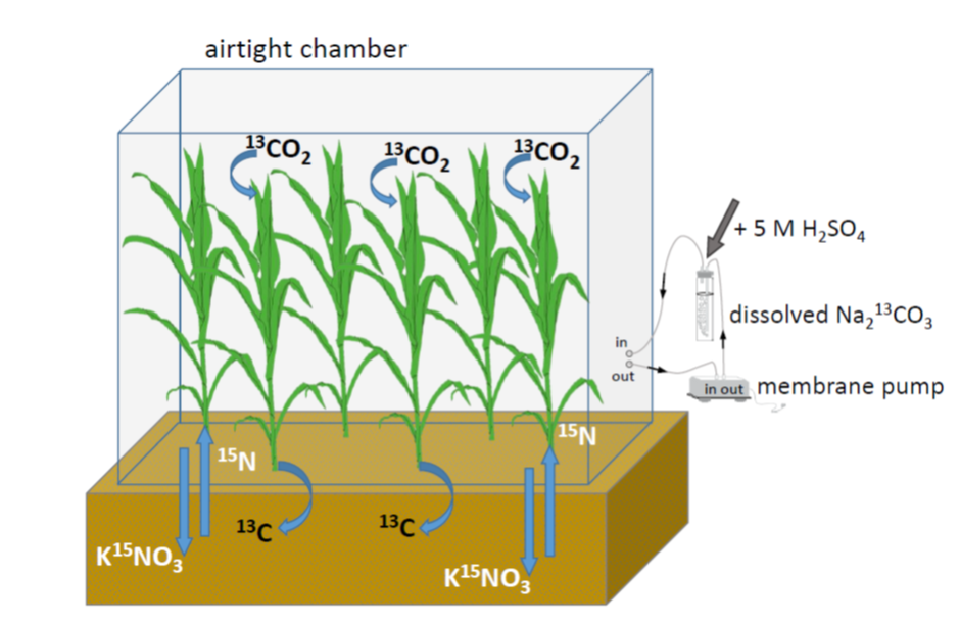Project participated only in SPP-Phase 1
P2 - Z-project
Application of 15N and 13C in the central experimental platform to investigate spatial gradients in the rhizosphere in respect to uptake and release

The new approach of the PP is based on overcoming the reductionist approaches which have dominated in the past. That is made possible by tremendous development in different research areas. A combined view is key for understanding rhizosphere patterns formation and the associated resilience emerging from the self-organised system. Spatial and temporal pattern expected will be analysed by varying two fundamental drivers, which are the soil texture and the plant genotype, more specifically presence and absence of root hairs. The Soil Plot Experiment as central platform experiment of the priority program consists of 4 treatments with 6 replicates each in a randomized block design. The experiment starts with homogenised substrates in 2019, assuming that heterogenity in parameter distribution will be introduced by the growing roots over time. One option to follow root introduced induction of heterogeneity and potentially pattern formation is the use of stable isotopes.
As an indicator of transport from the plant root into the soil and of microbial turnover 13C will be applied as pulse label, whereas transport from the soil to the root will be investigated using 15N applied to the soil In the program several partners will take advantage of the stable isotope labeling at field scale applying their techniques like ion-ratio mass spectroscopy, NanoSIMS, TOF-SIMS or laser ablation mass spectroscopy to undisturbed and disturbed samples extracted at different time points .The isotope labeling of the field experiment in Bad Lauchstädt will be conducted in the first year at four stages (BBCH 14, 19, 59, 83) of maize growth to account for changes in rhizosphere development.
Link to English
scientific abstract
Link to German
scientific abstract
